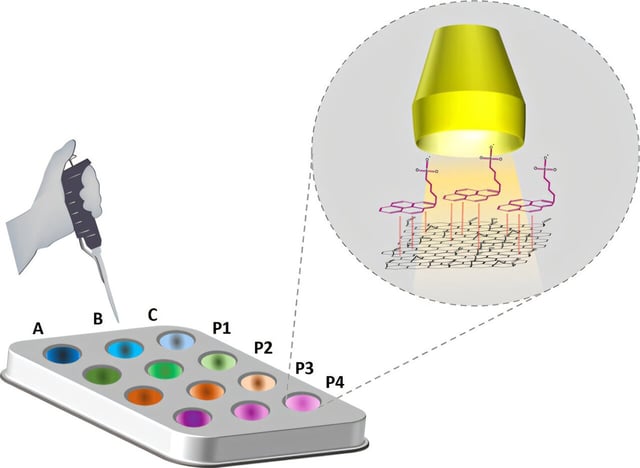Overview
- The peer-reviewed study published in the Journal of the American Chemical Society describes an interactional fingerprinting approach for qualitative graphene oxide characterization.
- The method mixes microliter dispersions of graphene oxide in water with tuned fluorescent probes whose signal changes are mapped mathematically into unique fingerprints.
- Researchers report the process delivers reproducible QC results in hours using common lab fluorescence equipment at a fraction of the £5,000 cost and weeks-long timeline of current gold-standard analyses.
- By providing a qualitative snapshot of oxygen content and flake size variability, the technique aims to tackle longstanding batch-to-batch inconsistencies in commercial graphene oxide supplies.
- The authors propose extending the material-agnostic probe-and-fingerprint concept to other advanced 2D materials, with independent validation and industrial adoption identified as the next steps.

